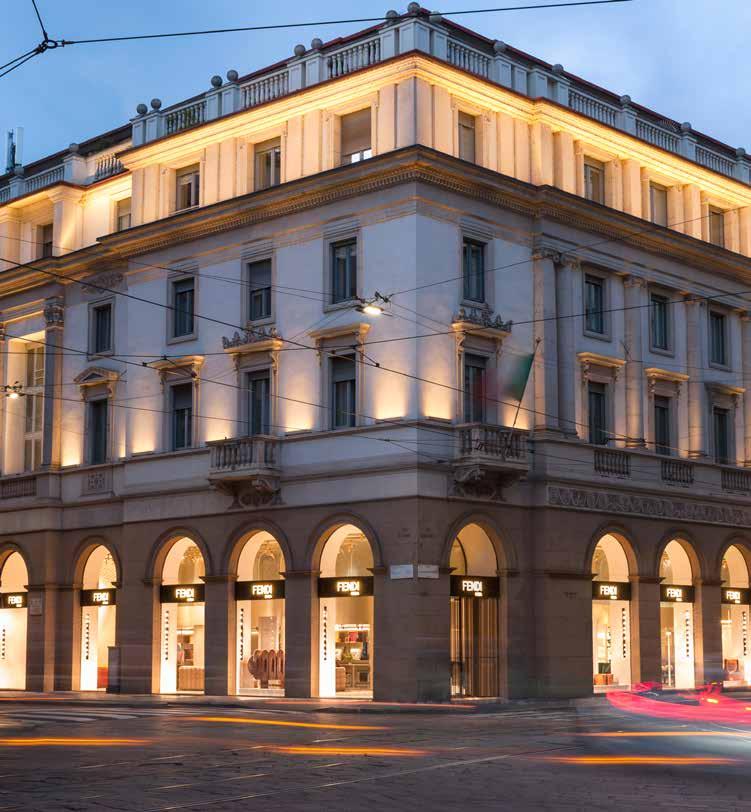
3 minute read
Head of Retail and Special Projects Director of Savills Italy
Maddalena Panu Head of Retail and Special Projects Director of Savills Italy
Advertisement
Soon the emergency phase due to Covid will end, but the macro-economic environment has become more complicated due mainly to the conflict in Ukraine. Events that have affected the retail world in different ways and intensities due, above all, to a change in consumer behaviour. The adoption of working from home has led to us spending more time in the neighbourhoods where we live than in the business
districts where we used to work, the increase in oil prices has discouraged travelling in the territory for non-essential activities, health risks have limited social relationships with relatives and friends, etc... Retail has reacted by accelerating the digital path that was already underway, and today delivery and digital connection with the customer are the foundations of the new relationship with the end user. The search for proximity services has led to the development of smaller formats, spread throughout the territory. The growth in the number of outlets, discounters and supermarkets at the expense of large hypermarkets is a demonstration of how the demand for food shopping is distributed among the various sales channels. Even among the larger projects, the largest openings were of small retail parks close to residential areas with a mix of food shops,
«retail assets will adapt tO the changes taking place with the implementatiOn Of new fOrmats, new services
Or, simply, new mixes»
pet shops, health & beauty outlets and catering. The dichotomy between service centre and shopping centre will allow for an even greater differentiation of shopping facilities with an adjustment of the product mix and a well-defined brand selection. Not only that, the lockdown has also led us to approach the use of the online channel with less diffidence. Technology has allowed us to get to know our customers better, to dialogue with them, to make them feel part of what is happening, for example, in the shopping centre, and to effectively target messages and promotions. Marketing will become increasingly tailor-made with dedicated promotions designed to meet different needs. The evolution of the consumer and of delivery systems has also pushed retailers to stop worrying about the relationship between the sales area and the warehouse, and to focus on the

▲Market of Corso Sardegna, Genoa ►Carosello shopping centre, Carugate (Milan)
Savills Italy

efficient use of space to optimise sales and grow their business. Another key aspect, the brand experience, becomes a differentiating factor from an online purchase and the usual way of securing customer loyalty. Experience must also be a priority for shopping centres: people need a reason other than shopping to visit them, such as dining, going to the cinema, working, learning, playing or looking after themselves. All these ‘excuses for shopping’ show that we will increasingly move towards a mixed-use pattern. Finally, one must consider the growth in environmental awareness of recent years: 53% of consumers have started to buy products from less well-known but more sustainable brands, just as the presence of green areas or sensitivity to the environment lead them to prefer one establishment over another. In the future this will lead to the development of new hybrid projects that will integrate more outdoor spaces to be experienced as a place of aggregation and relation than the classic air-conditioned malls. These aspects are generating impacts on retail assets that, in the coming years, will adapt with the implementation of new formats, new services or, simply, new mixes. •
Photo by Andrea Ferrari ▲The new Fendi Casa in Piazza della Scala, Milan











